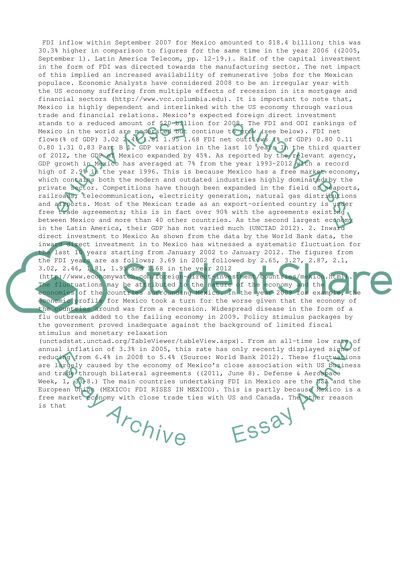Cite this document
(“A profile of inward and outward direct investment to/from Mexico Essay”, n.d.)
A profile of inward and outward direct investment to/from Mexico Essay. Retrieved from https://studentshare.org/management/1463093-a-profile-of-inward-and-outward-direct-investment
A profile of inward and outward direct investment to/from Mexico Essay. Retrieved from https://studentshare.org/management/1463093-a-profile-of-inward-and-outward-direct-investment
(A Profile of Inward and Outward Direct Investment to/From Mexico Essay)
A Profile of Inward and Outward Direct Investment to/From Mexico Essay. https://studentshare.org/management/1463093-a-profile-of-inward-and-outward-direct-investment.
A Profile of Inward and Outward Direct Investment to/From Mexico Essay. https://studentshare.org/management/1463093-a-profile-of-inward-and-outward-direct-investment.
“A Profile of Inward and Outward Direct Investment to/From Mexico Essay”, n.d. https://studentshare.org/management/1463093-a-profile-of-inward-and-outward-direct-investment.


